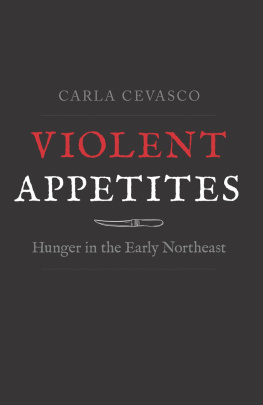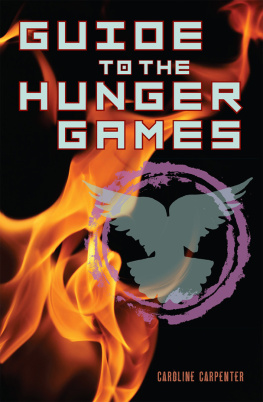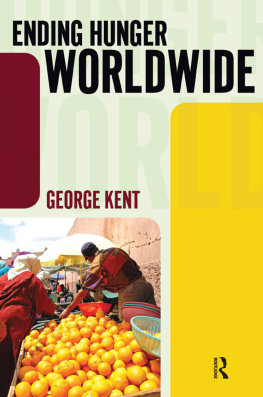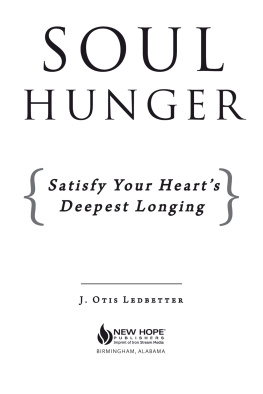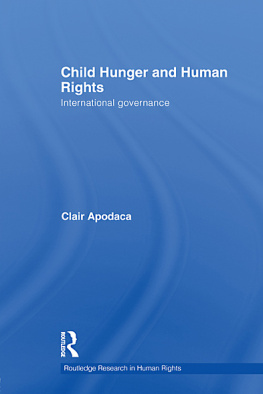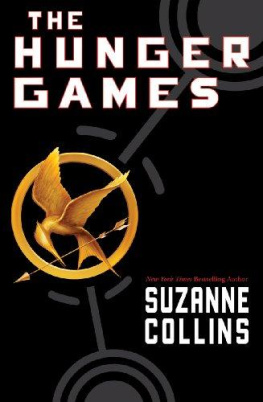ACKNOWLEDGMENTS

Writing a book that has reciprocity as one of its main themes, I am humbled by the labor and care with which other people have supported this project.
I learned much of what I know about writing from my undergraduate professors at Middlebury College, especially David Bain, Robert Cohen, Bill Hart, Brett Millier, and Amy Morsman.
The Harvard American Studies program was the first home for this project. The Four JsJoyce Chaplin, Jill Lepore, Jane Kamensky, and Jennifer Robertsshepherded this project, and me, with grace and wit. I was privileged to be part of the American Studies community, including Colin Bossen, Holger Droessler, Marisa Egerstrom, Amy Fish, Katherine Gerbner, Balraj Gill, Kyle Gipson, Brian Goodman, Andrew Jewett, Theresa McCulla, Dan McKanan, Zach Nowak, Arthur Patton-Hock, Eva Payne, Sandy Plcido, Scott Poulson-Bryant, Evander Price, Whitney Robles, Laurel Thatcher Ulrich, and Tom Wickman. I was especially lucky to be part of a phenomenal cohort: Christopher Allison, John Bell, Dan Farbman, and Rebecca Scofield. Special gratitude to John, Whitney, Zach, Chris, and Rebecca, both for reading parts of this book multiple times, and for their friendship. Other dedicated readers of this project were members of the Harvard Early America Workshop, including Jennifer Chuong, Alicia DeMaio, Marion Menzin, Julie Miller, Peter Pellizzari, Shuichi Wanibuchi, and Luke Willert. Students in my History of Hunger class helped me to think through the larger arguments of this book.
The Department of American Studies at Rutgers UniversityNew Brunswick has been as supportive a place as any junior faculty member could ask for. My thanks to my colleagues, especially Sylvia Chan-Malik, Jeff Decker, Nicole Fleetwood, Allan Isaac, Maria Kennedy, Olga Lozano, Lou Masur, Ben Perolli, Jimmy Sweet, Andy Urban, and Colin Williamson. Members of my writing group have kept me accountable over the years; thanks to David Dreyfus, Erica Edwards, Anette Freytag, Diane Fruchtman, Bice Peruzzi, and Charles Senteio, among others. I benefited from the mentoring of the Rutgers University Faculty Development Program for Early Career Excellence under the guidance of Bernadette Peters and Beth Tracy; my thanks also to my coach, Lisa McGahren. At Rutgers, it is my honor to teach the best students in the world, many of whom are first-generation students, BIPOC, and/or queer. Their passion and brilliance give me faith that a better future is possible. I hope that they learn from me even a fraction of what I learn from them. I am privileged to work at a university with one of the strongest faculty unions in the United States; Rutgers AAUP-AFT and the Coalition of Rutgers Unions fight tirelessly for the rights of Rutgers workers, including myself.
A number of scholars in the broader Early American Studies and Food Studies communities have supported and offered feedback on this project in many ways, including: Jenny Anderson, Virginia Anderson, Kathleen Brown, Emily Contois, Rachel Herrmann, Elizabeth Hoover, Joanne Jahnke-Wegner, Julie Kim, Michael LaCombe, Andrew Lipman, Hailey Negrin, Cristobal Silva, Kelly Watson, Ashley Rose Young, and Anya Zilberstein.
Several institutions funded this project over the years: the John Carter Brown Library; the Winterthur Museum and Library; and at Harvard, the Charles Warren Center for Studies in American History, the Department of History, and the Graduate Student Council. The Rutgers Center for Cultural Analysis provided a fellowship in the Medical Humanities Seminar, led by Ann Jurecic and Susan Sidlauskas, whom I thank along with the other seminar participants for their intellectual community.
No writing of history is possible without archives, libraries, and collections and the people who work at them. I thank the staff at the American Antiquarian Society, the British Library, Historic Deerfield, Houghton Library, the John Carter Brown Library, the Massachusetts Historical Society, the Massachusetts State Archives, Schlesinger Library, the Wellcome Collection, and the Winterthur Museum and Library, as well as the staff at Rutgers and Harvard libraries, especially the Rutgers librarians who made my access to physical and digital collections possible even during the COVID-19 pandemic.
Many audiences offered feedback on this project over the years. I extend my gratitude to the attendees of the American Studies Association annual meeting, the American Historical Association annual meeting, the Amsterdam Symposium on the History of Food, the Boston University American and New England Studies Program Graduate Conference, the Colonial Society of Massachusetts Graduate Student Forum, the Columbia University Seminar on Early American History and Culture, the Huntington Library Empowering Appetites conference, and the Cannibalism in the Early Modern Atlantic conference at the University of Southampton.
At Yale University Press, Adina Berk, Joyce Ippolito, and Ash Lago kept this project moving through the publication process, and Eliza Childs thoughtfully edited the manuscript; I thank them all for their labor in the midst of the COVID-19 pandemic.
There are not enough words to express my gratitude to my partner Alex, as he keeps our little family together in so many ways. But suffice it to say that without his love and care I would not have been able to write this book, for which he also made the map.
This book is dedicated to my parents, Elaine Morley and Peter Cevasco, who nourished my love of food and my fascination with early American history, and thus set this project in motion long before I ever conceived of it.
Portions of 2021 The McNeil Center for Early American Studies. Reprinted with permission of the University of Pennsylvania Press.
Portions of are revised from: Carla Cevasco, Hunger Knowledges and Cultures in New Englands Borderlands, 16751770, Early American Studies 16, no. 2 (2018): 25581. 2018 The McNeil Center for Early American Studies. Reprinted with permission of the University of Pennsylvania Press.
CHAPTER ONE
TAKE A HITCH UP IN MY BELT
Hunger Cultures and Knowledges

Near Kanadasaga in 1765, a Seneca girl of 6 or 7 years old became lost in the forest after wandering away from a hunting party. The child knew what the forest offered for food. As Samuel Kirkland recorded, she lived for two weeks off of deers legs hunters left behind, as well as white oak acorns and winter greens she foraged. The fare was paltrywhen rescuers found her, the girl was nearly exhausted with hungerbut the childs knowledge of wild foods saved her life.
Taken captive by Native people near the Susquehanna River in late 1763, the teenaged British colonist Isaac Hollister, alongside a fellow captive, stockpiled ears of corn and cornmeal cakes and plotted an escape. The two set out in March 1764 and within a week had exhausted their stores. Lacking the Seneca girls knowledge of how to live off the land, they starved. The situation became so desperate that Hollisters companion proposed a cannibalism pact: He told me, that if he died first, he would not have me afraid to eat of his flesh, for I am determined ... to eat of yours, if you should die before me. Accordingly, when his
Four decades earlier, ten Wabanaki guides led the Jesuit missionary Sbastien Rale on the run from English soldiers whom they feared would kidnap the French priest. They made their way through the late winter woods from their coastal fishing grounds toward the inland village of Norridgewock. When food ran short after a few days, they foraged the tender layer of new growth beneath tree bark, large white mushrooms, and a bitter lichen called rock tripe, which when boiled made a very dark and disagreeable porridge, Rale wrote. The priest claimed that he risked dying from hunger and misery on this journey. But his letter is silent as to whether his Wabanaki guides, who had managed to find food all around them, had experienced hunger themselves.
Next page
